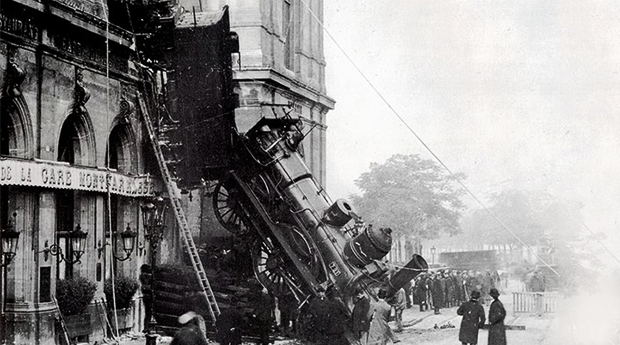The Boilerplate Has Run Its Course

Anyone who’s ever read a boilerplate knows that there’s a certain amount of baloney involved. You know the boilerplate; it's the cookie-cutter nonsense, usually at the end of the press release, extolling the virtues of whatever company wrote it. Essentially, it's an "About Our Company" paragraph (e.g. "Nebo is a human-centered interactive agency. We believe that great work comes from...") that can be pasted into whatever the PR department is sending to publishers. Although they're pains, we accept them as somehow necessary. With that said, we wanted to take a moment to highlight the nonexistent purpose of the boilerplate as well as conduct a little experiment of our own to find out who actually reads them.
What does the boilerplate really do?
In 2012, nada.
What’s in the boilerplate?
An abundance of terms like, “synergy,” “innovation” and “people-first.” It’s simply a way to promote your brand using fluffy words and descriptors that mean little within the company itself and nothing outside it (don’t get me wrong, many companies have the right intentions and mean what they write—it’s just ineffective and clearly biased), which informs the answer to the next question.
Who reads the boilerplate?
Not many, if anyone.
Most people barely read the press releases themselves. Companies largely have a misunderstanding of the press release in general, seeing it not as a means to communicate useful information, but as a way to promote a new product or service while marketing their brand with the boilerplate (don't get me wrong, we've been guilty of this, too). Nobody wants to read a self-congratulatory pat on the back and publishers or media outlets certainly have no interest in writing a story about it.
The purpose of the press release is to convey objective information about something interesting, obviously related to your company or something it’s doing, present the facts and share it with people you think will be interested.
Companies abuse the press release and, likewise, the boilerplate by trying to make it all about how cool they are. Ever been in a conversation with someone like that? The guy who finds a way to constantly bring up how hard they work or the mother who won’t stop bragging about her kid? It’s called conversational narcissism, and you probably didn’t stick around much longer than five minutes.
If a company hasn’t lost a reader after the first couple of paragraphs, it’s sure to with the “About Me” section. The point is nobody cares. Sure, journalists may want to know what your company does—information that could be useful for a potential article or feature story—but that was the purpose of the boilerplate before the Internet. Post-Internet, there’s no use for it.
The proof
To see just how much consideration people gave to the boilerplate, we conducted a survey at our agency, the purpose of which was to find out if our own team knew what our boilerplate reads. Obviously, most people at larger companies haven’t seen their boilerplate, but as we are a smaller company, these participants are exposed to our press release and boilerplate on a weekly basis.
We gave them our real boilerplate mixed in with four faux boilerplates and asked them to pick which one they thought was real.
Over 60 percent of us chose the wrong one.
Conclusion
Clearly, boilerplates are vestiges of a bygone era. Like the steam engines from which they derive their name, they’ve been made obsolete by modern technology. If a journalist wants to know what your company is about, there should be a page on your site that provides that information. No doubt boilerplates served a useful purpose at one time—a time when the world was disconnected and press releases were sent over a literal wire—but that time has passed.
Comments
Add A CommentPoetic justice in a sense